After a nearly universally-appreciated first season, risks were taken in True Detective Season 2. These risks didn’t exactly pay off, and the result was a season with a great cast and a poor story. After a lukewarm response from audiences, Season 3 was a return to form, with two detectives that form a tight bond despite their differences, and a great deal of moving back and forth between timelines.
This time around, instead of going back and forth between two time periods, as Season 1 did, Season 3 flips between three time periods: 1980, 1990, and 2015. In 1980, detectives Roland (Stephen Dorff) and Hayes (Mahershala Ali) investigate the death of a young boy and the disappearance of his sister. Ten years later, the girl, who was assumed dead, is found alive, and the investigation is reopened. In 2015, an elderly Hayes, suffering from dementia, is desperate for a conclusion to the case he never solved.
Season 3 Sets Itself Apart From the Previous Two Seasons
The consensus regarding Season 3 is that it was a marked improvement from Season 2, but that it didn’t quite live up to the first season. The conclusion was considered significantly weaker, leaving many feeling like Season 3 was a weaker echo of Season 1. However, Mahershala Ali’s performance as Hayes was never a subject of critique; his remarkable work resulted in universal praise and several award nominations.
While Season 3 was great in many ways, we’ll admit that it has its flaws. Sure, if you think about the plot for too long, the whole thing may become unbearably silly to you, especially after the answers given in the finale. No, the answer isn’t another pedophilic cult, or some grand conspiracy, but just a tale of strange people and even stranger coincidences.
The greatest strength of Season 3 lies in Mahershala Ali’s absolutely remarkable performance as Hayes at three different stages of his life, set decades apart. Ali follows Matthew McConaughey by coming off of an Oscar-winning performance to give another show-making performance on True Detective. But the second-greatest part of Season 3 is what sets it apart from Season 1 in both story and tone.
Unlike Season 1 and 2, ‘True Detective’ Season 3 Is a Ghost Story
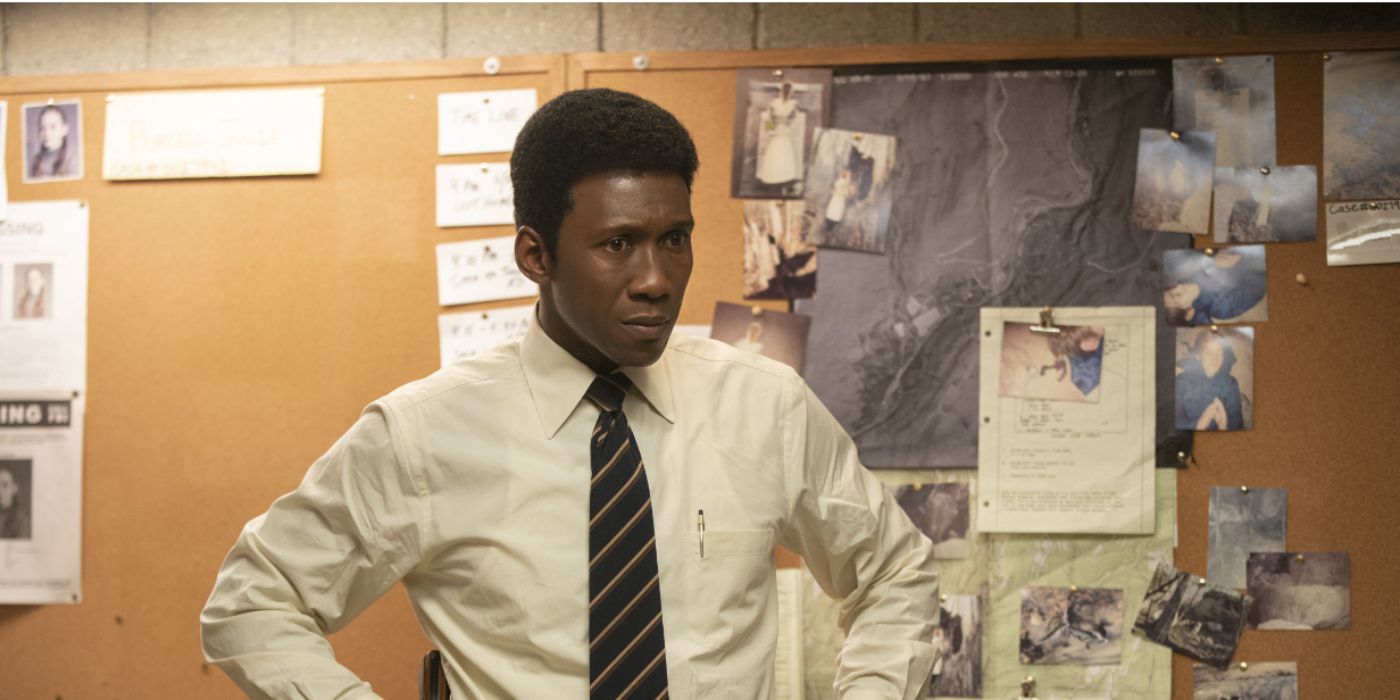
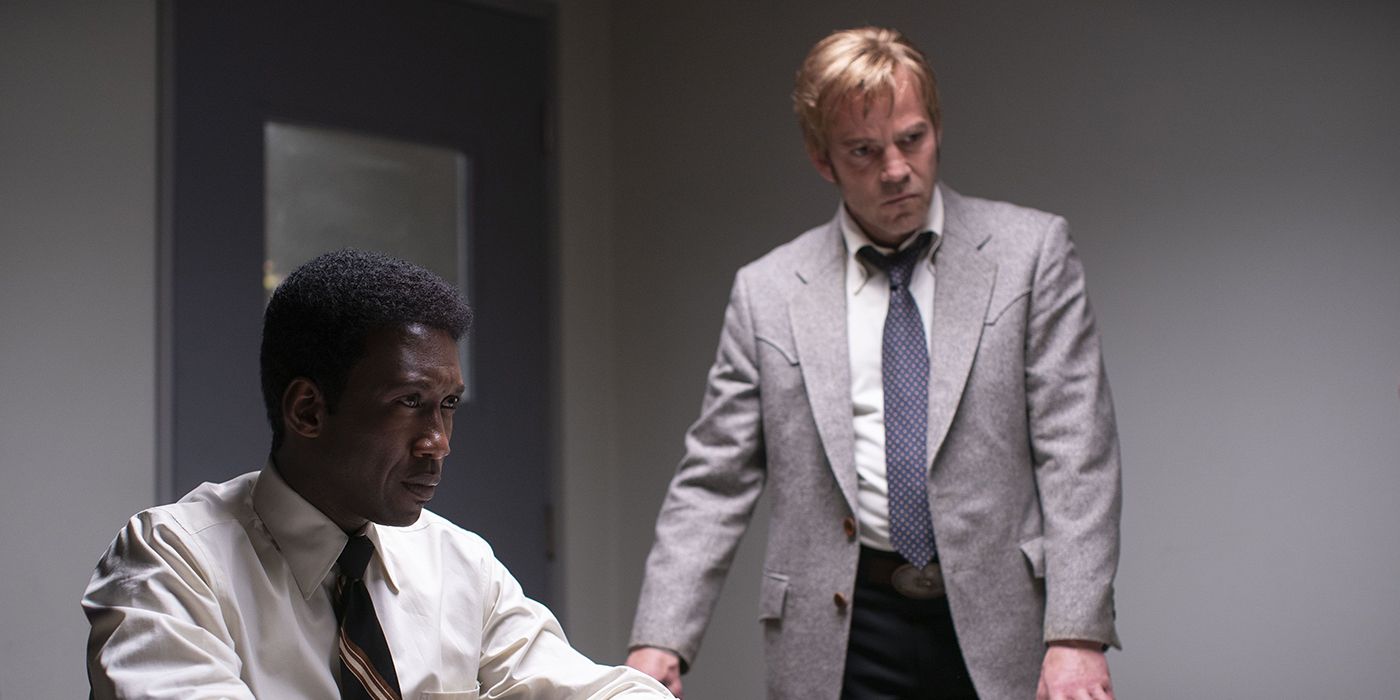
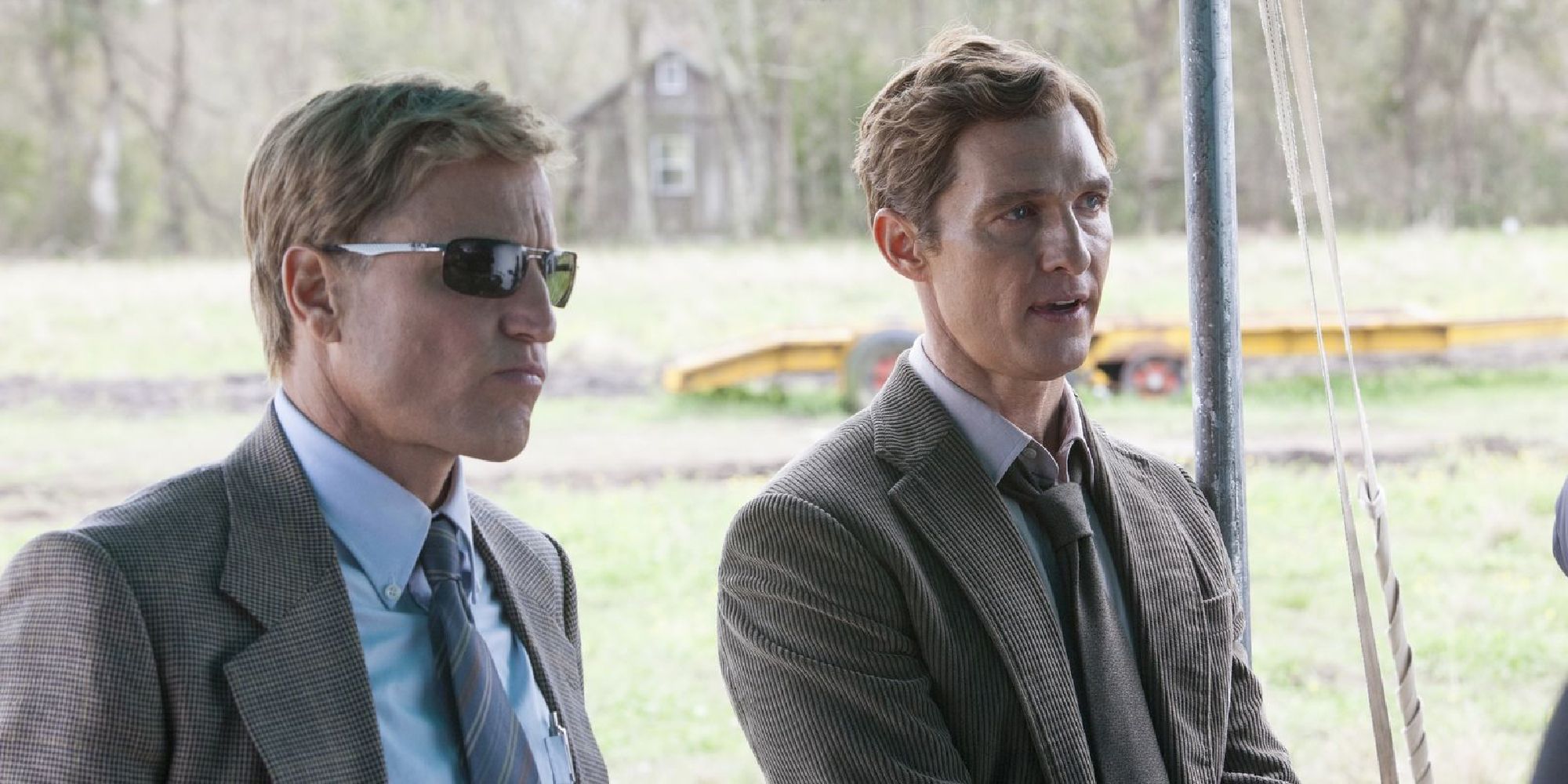
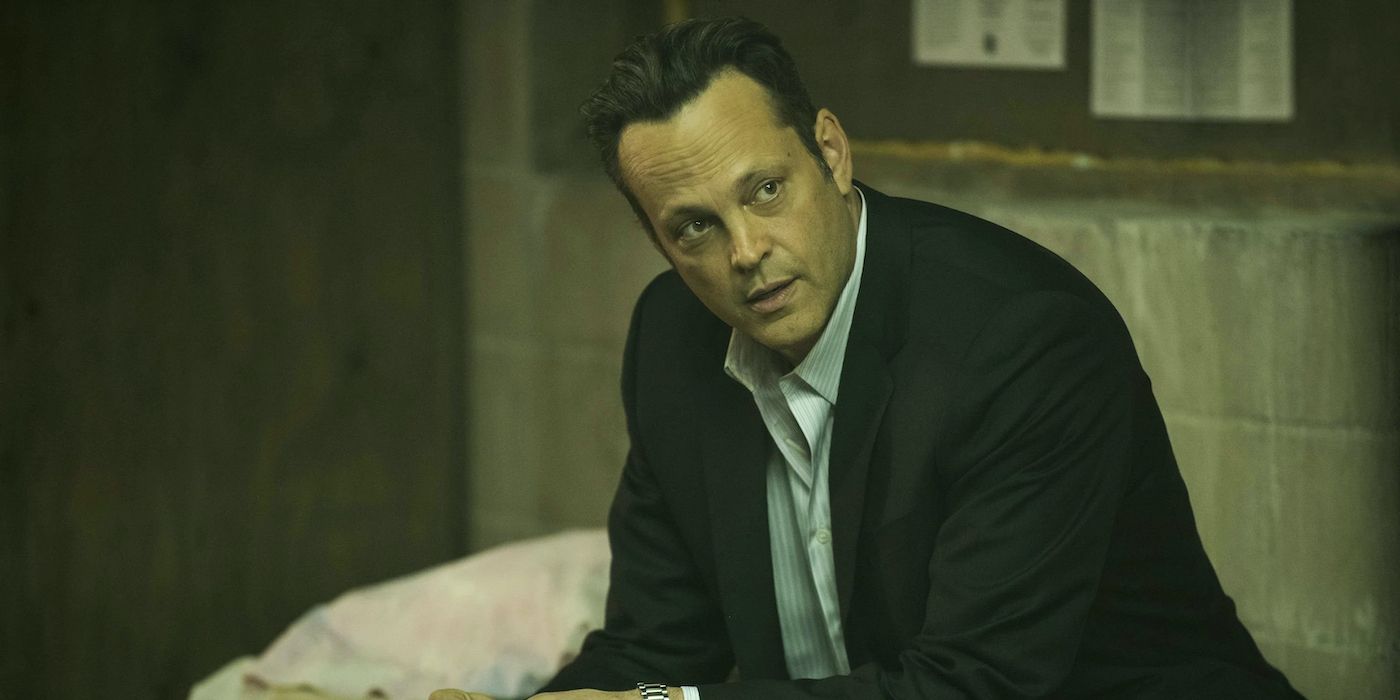
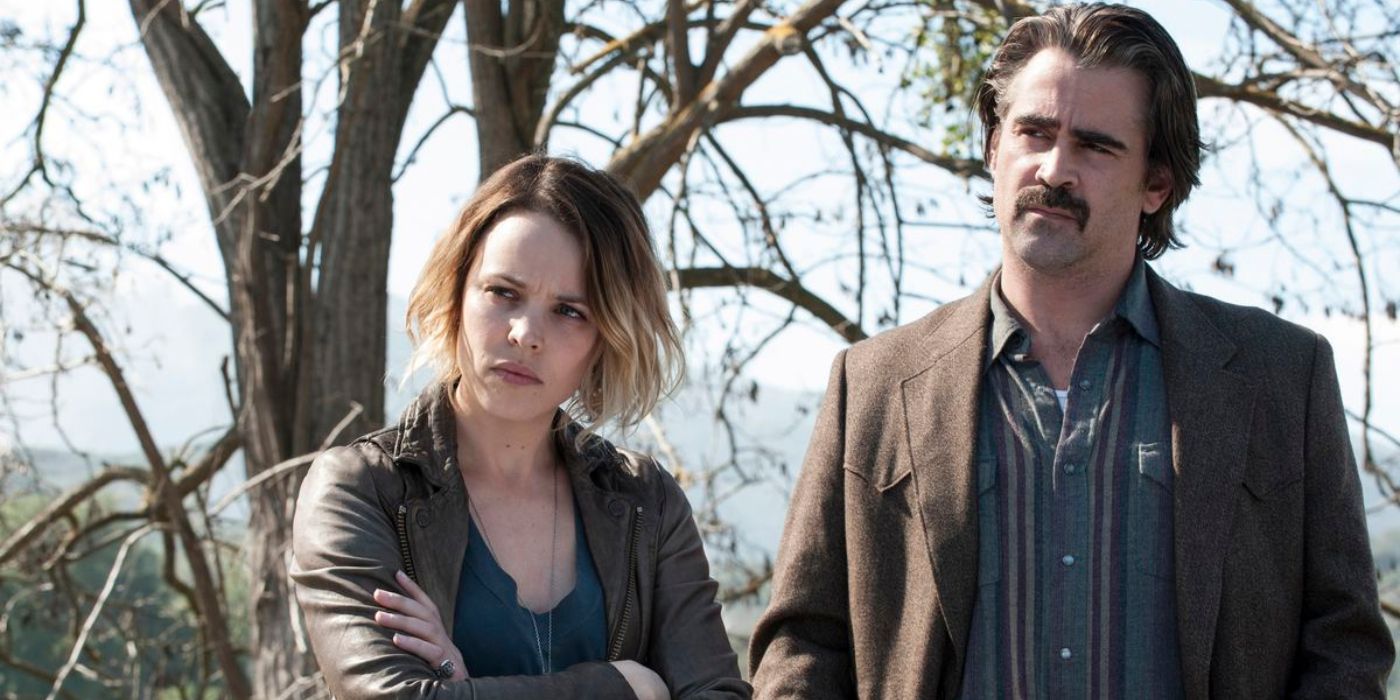
True Detective Season 3 is, among other things, a ghost story, and this is the element that works best throughout. In 2015, an elderly Hayes, suffering from dementia, is haunted by his past, which is inextricably tied up with the missing Purcell children from a case in 1980. It’s because of his investigation into this case all those years ago that he met his wife, Amelia (Carmen Ejogo).
The ghostly presences tied to the case start all the way before the children’s disappearances. Descriptions of a white woman and a one-eyed Black man meeting the children in the forest are unable to be pinned to any real people by detectives. The Purcell boy’s body was found during the investigation in 1980, but the girl, Julie, appears to have disappeared completely. That is, until her fingerprints show up at a pharmacy. Security footage from the store shows a young woman walking briskly down an aisle, the grainy black-and-white giving her an added ghostly appearance. The fact that Julie is still alive feels fantastical, as nearly every other person in connection with the case has wound up dead.
Furthermore, when the case was reopened in 1990, accounts of Julie (including one direct call from Julie herself) were increasingly strange and difficult to make sense of. She goes by Mary July, claims to be a princess from the “pink rooms,” and claims that her father isn’t her real father and is responsible for her brother’s death 10 years prior. Also, during the re-opening of the case, a Black man with a milky eye approaches Amelia at her book reading, demanding information on Julie’s whereabouts. The reappearances of people thought long dead and gone gives the case a ghostly feel, especially since no one can find either Julie or the man with the milky eye after they’re seen in 1990.
In ‘True Detective’ Season 3, Hayes Is Haunted by His Case
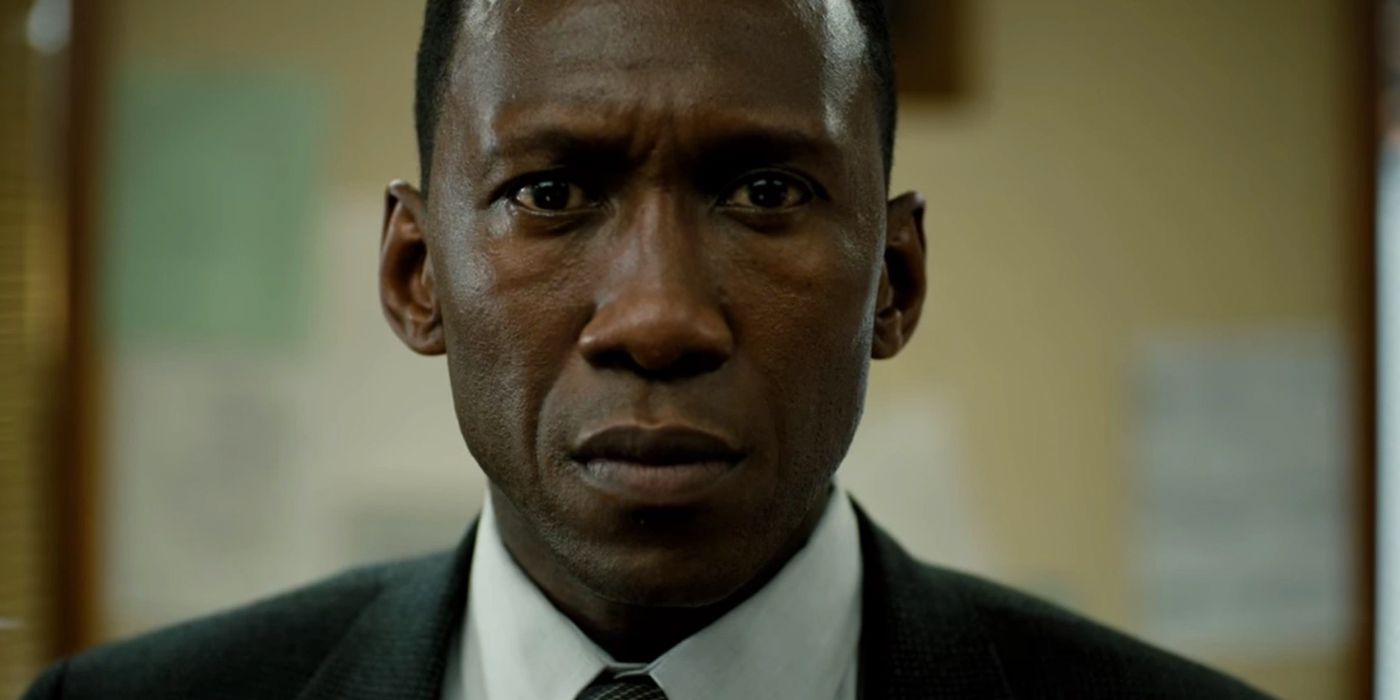
The ghostly motif is dialed up to a literal level when Amelia finds a photo of the Purcell children trick-or-treating back in 1980. In the photo, two adults are dressed as ghosts, trailing behind the children. The information needed to solve the case in 1990 lies with dead people, making the investigation effectively the same as chasing ghosts. In scenes from the season finale taking place in 1990, it’s shown that Hayes and Amelia are only able to be happy when they stop chasing ghosts. They focus on the real, the living, the tangible, which is each other and their children. It’s an interesting way of framing the oft-used trope of a detective whose work takes him away from his family.
In 2015, Amelia died, and Hayes is suffering from dementia that causes him to hallucinate. He’s haunted by visions of his wife encouraging him to finish the investigation they started so many years ago, and outside his house sits a car that may or may not really be there. Without Amelia, and with his mind slipping, Hayes is once again a haunted man, now more than ever. Hayes feels that the only way to put his mind at ease is to finish the story for himself. He and Roland reunite to start investigating the case again, finally tracking down the one-eyed man who tells them the whole story of Julie’s disappearance and abduction, which he assisted in. He says that he tried to find her, but was told she had died while staying at a convent.
Season 3 Offers Both Peace and Sadness With Its Ending
In another ghostly vision of a young Amelia, Hayes realizes that the young boy who had a crush on Julie in 1980 was the son of a man who handled the landscaping at the convent Julie stayed at. Through this revelation, he realizes that Julie didn’t die at all, but that the nuns helped her fake her death, so she could stop all the years of running and hiding and live a normal life with someone who loved her. She and the boy from all those years ago got married and had a daughter, who they named after Julie’s real mother.
Hayes tracks down Julie, wanting to lay eyes on her and put his mind at rest with the knowledge that she is alive and safe. However, when he gets to his destination, his dementia sets in, and he forgets where he is or what he’s doing there. He stares at a now-grown Julie Purcell, standing in a garden with her little girl. She helps him get in contact with his son, who comes to take him home.
Whether the ending is meant to inspire peace or sadness is entirely up to the viewer. We feel it offers a mix of both that’s fitting to the story that’s come before. Hayes finally saw his investigation through to the end, but he doesn’t remember it. Julie is safe and happy, but has gone through unspeakable trauma. Hayes is surrounded by loved ones, but his mind wanders off into the past.




